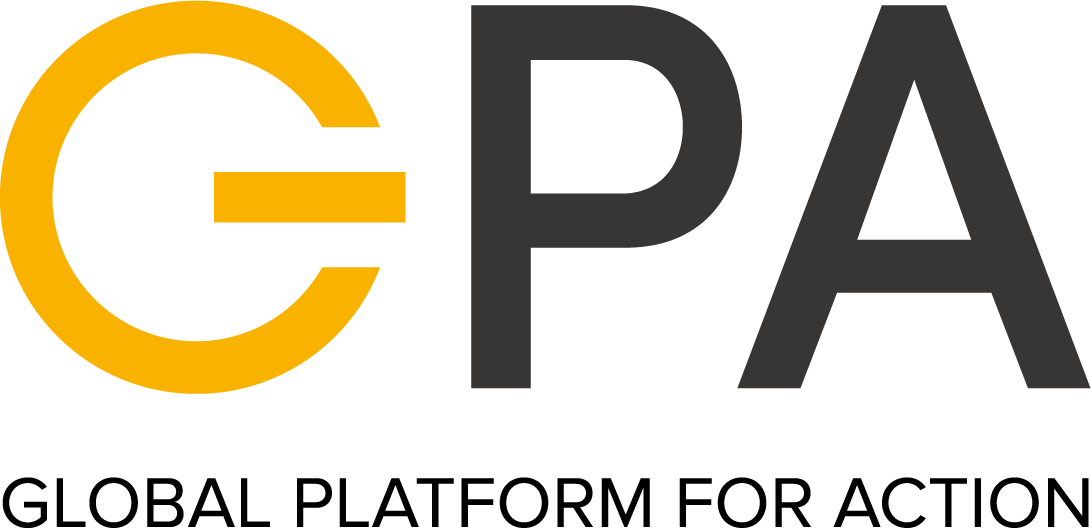A Roadmap for Energy Access in Displacement Settings: Jordan
Jordan hosts one of the largest displaced populations per capita globally, including from Syria, Iraq, and Yemen, as well as Palestinian refugees. Most displaced people live in urban areas alongside Jordanian citizens and this has placed a significant strain on public services and energy infrastructure, leading to high energy costs and limited access to sustainable solutions for both displaced and host communities.
While large-scale solar plants provide electricity in Azraq and Zaatari refugee camps, residents receive limited power and many shelters lack adequate insulation. In urban areas, refugees often struggle to pay energy bills or invest in energy efficiency measures due to insecure housing arrangements. Public institutions such as schools and hospitals have experienced increased energy demand, requiring targeted renewable energy and efficiency initiatives.
A broad network of stakeholders including government bodies, humanitarian organisations and the private sector has supported energy access efforts, though challenges remain in funding, infrastructure, data and coordination. Despite ongoing uncertainty regarding the future of Syrian refugees in the country, scaling up energy access and efficiency for households in camps and urban settings, as well as for public services, remains essential to achieving inclusive progress towards sustainable energy for all in Jordan.
Find out more about the READS Programme here.
Files
Last updated: 19/05/2025
